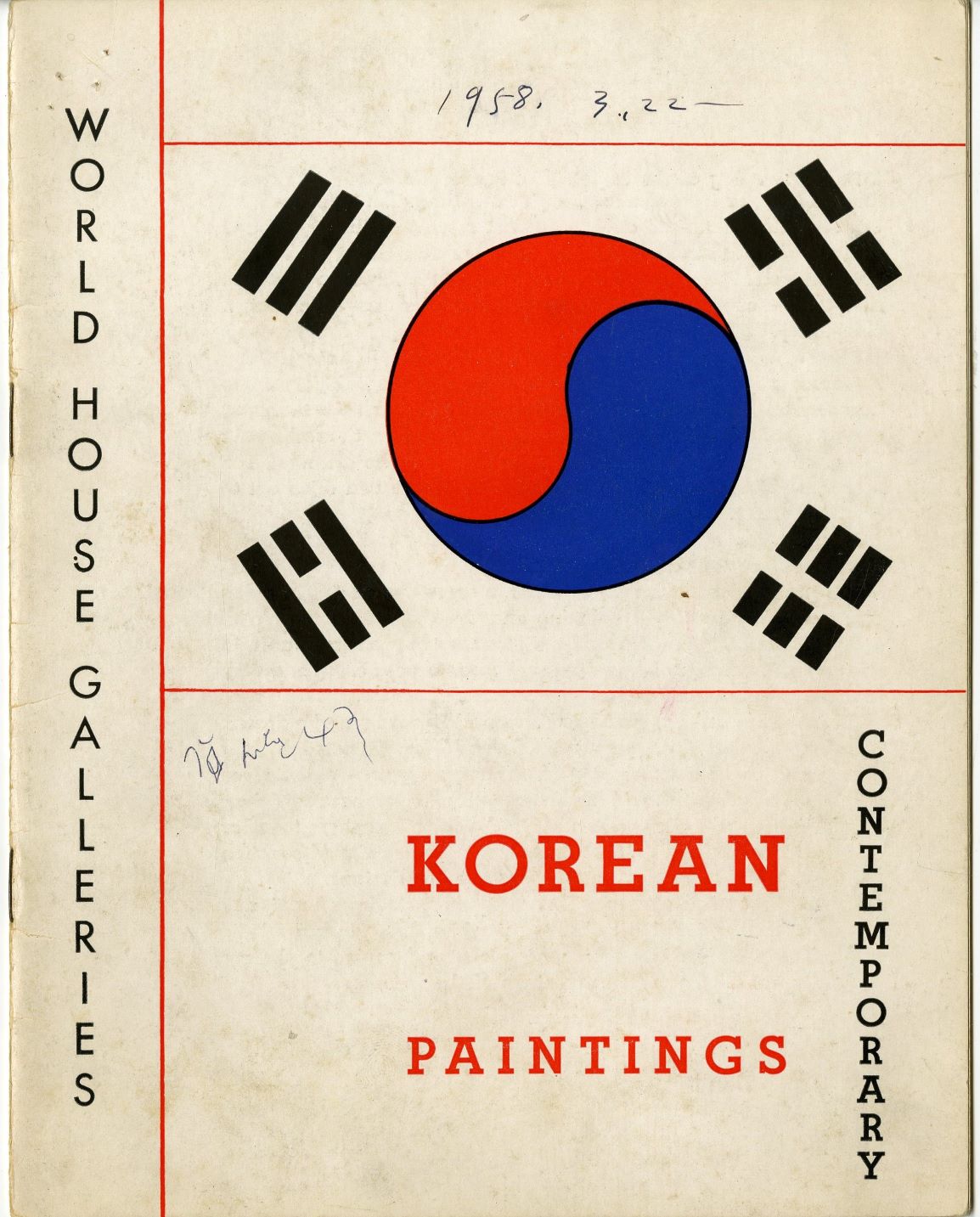
Korean Contemporary Painting, Leaflet, 1958, Image provided by Kimdaljin Art Archives and Museum
Contemporary Korean Painting (1958)
* Source: Multilingual Glossary of Korean Art. Korea Arts Management Service
Related
-
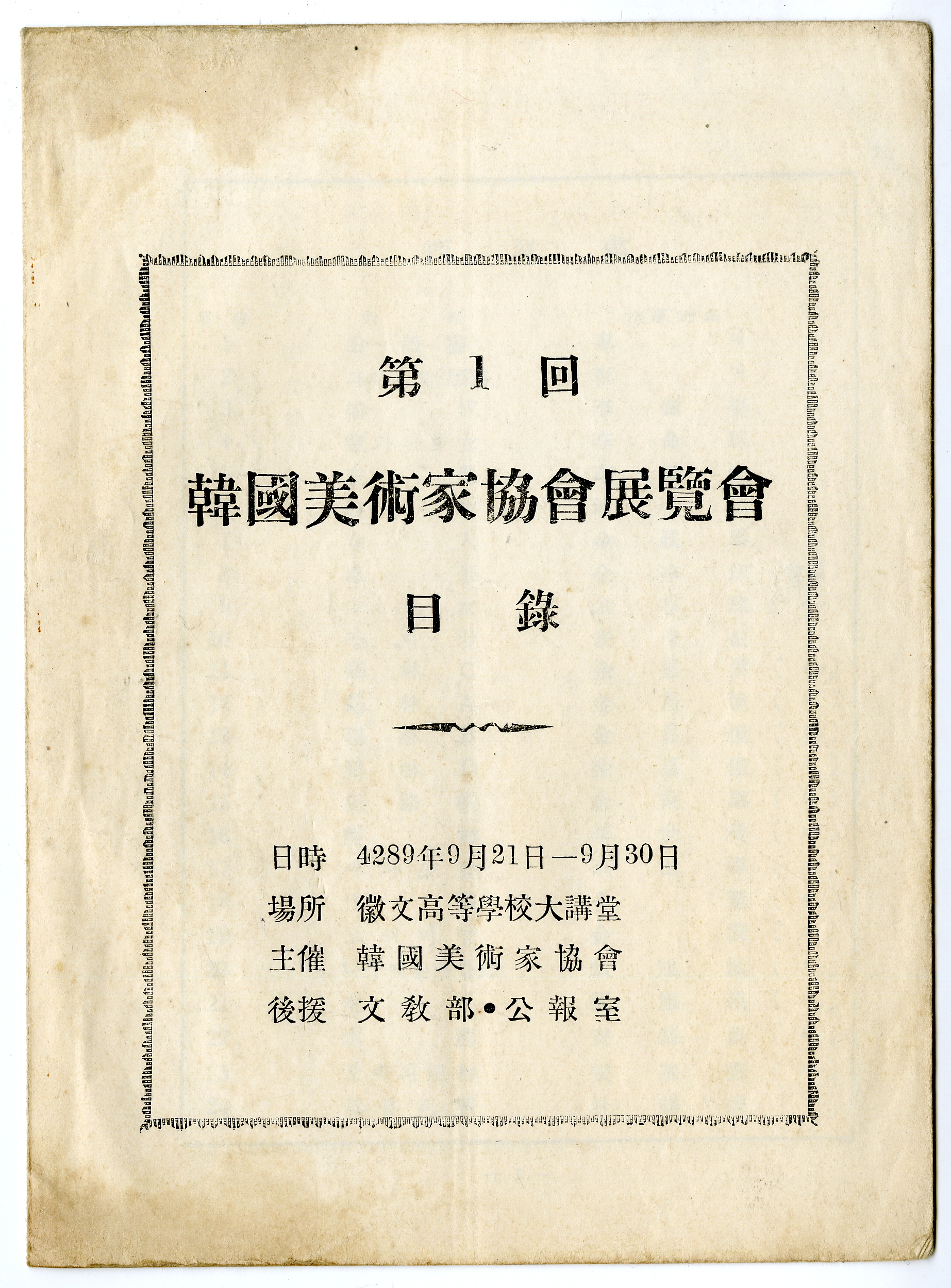
Korean Artists Association
An artist association formed in 1955. The core of the association comprised faculty members of the Seoul National University College of Fine Arts. The election of Ko Huidong as the chairman of the Great Korean Art Association (Daehan misul hyeophoe) despite his failure to win the majority vote led the supporters of Chang Louis Pal to leave the association and form the Korea Artists Association. Chang Louis Pal, the first chair, created the photography division, which was absent from the Great Korean Art Association Exhibition, and the architecture division. He also reinstituted the calligraphy division, which had been closed. At the time of establishment, the stated ideology of the association was four-fold: to develop and improve national culture through progressive ideology; to maintain purity of attitude toward the creation and the presentation of art; to actively support the work of new generations; and to achieve, without delay international partnerships with other artists groups and organizations around the world. In 1961, the association was merged into the Korean Fine Arts Association alongside the Great Korean Art Association due to the government policy of consolidating art organizations.
-
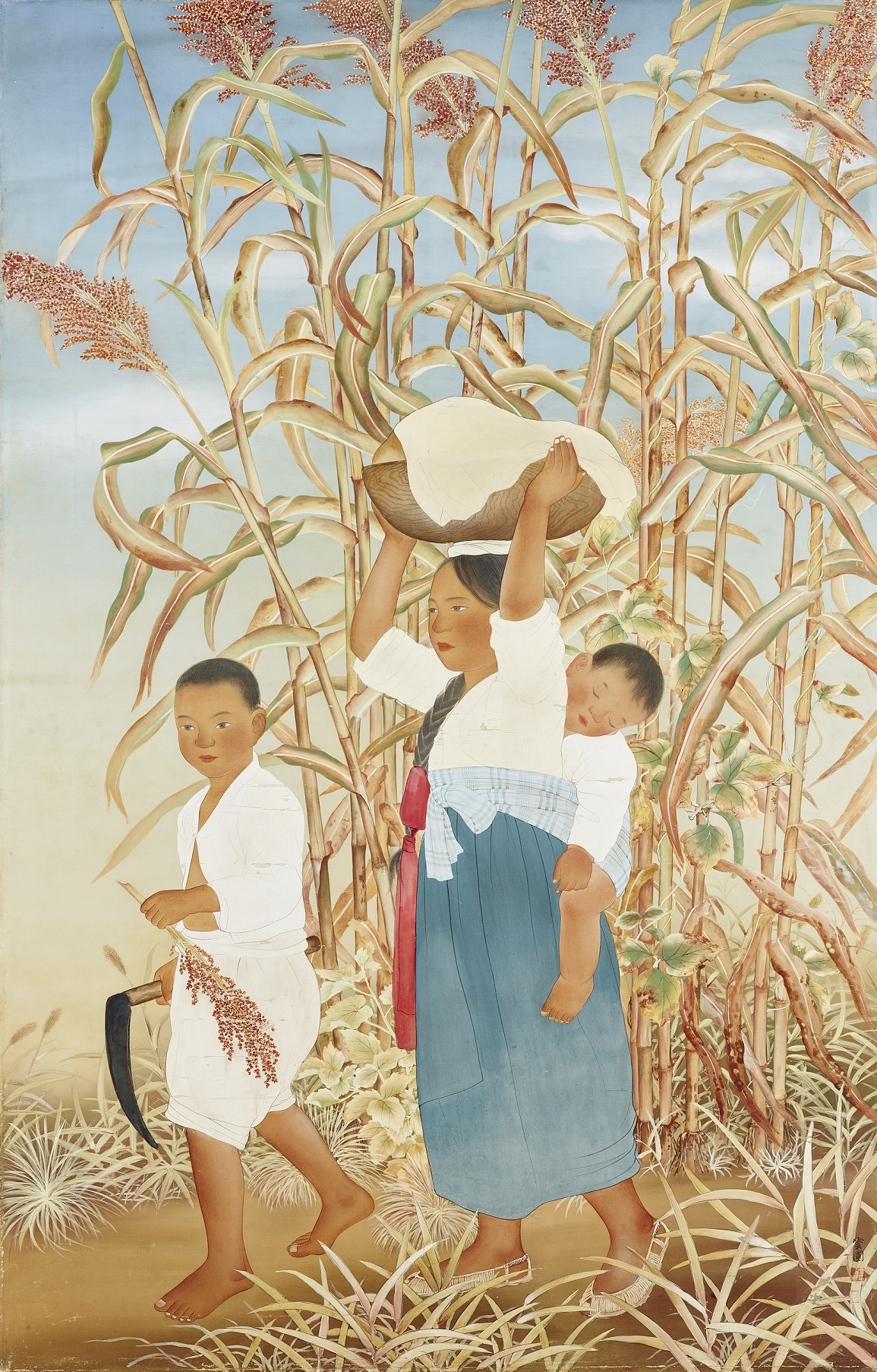
Kim Kichang
Kim Kichang (1913-2001, pen name Unpo or Unbo) studied Eastern painting at Kim Eunho’s art studio Nakcheongheon. After his debut in the tenth Joseon Art Exhibition [Joseon misul jeollamhoe] in 1931, he won special selections from 1937 to 1940, and became a renowned painter. He was appointed as the first president of Paek Yang Painting Association and became a professor at Hongik University and Soodo Women's Teachers College. He was awarded the Order of Civil Merit, Peony Medal in 1981 and the Korean Art Academy Award in 1983. After he passed away in 2001, he was awarded a posthumous Geumgwan Order of Culture Merit award. Although Kim initially focused on colorful figure paintings, following in the legacy of his mentor Kim Eunho, in his later career he collaborated with his wife Park Rehyun to modernize Korean painting by adopting cubism and abstraction. He reinterpreted traditional folk paintings in his representative works, such as Blue-green Landscape Painting series started in the 1970s and his Fool’s Landscape Painting in the 1980s and was inspired by portraits of historical figures. He contributed to the development of Korean modern art by working in an expanded formal territory from figuration to abstraction and addressing subject matter from folk painting, to figure and landscape painting.
-

Great Korean Art Association
An art association that formed in 1948, when the Korean Art Association [Joseon misul hyeophoe], which was established in 1945, reformed in parallel with the establishment of the new Korean government. Following independence, the organization reformed and expanded primarily to foster solidarity and anti-communist sentiment in artists, and held the inaugural Great Korean Art Association Exhibition. In June 1961, the association closed officially with the government's comprehensive art institute reformation policy, and in December that year, the association merged into the Korean Fine Arts Association [Hanguk misul hyeopoe].
Find More
-
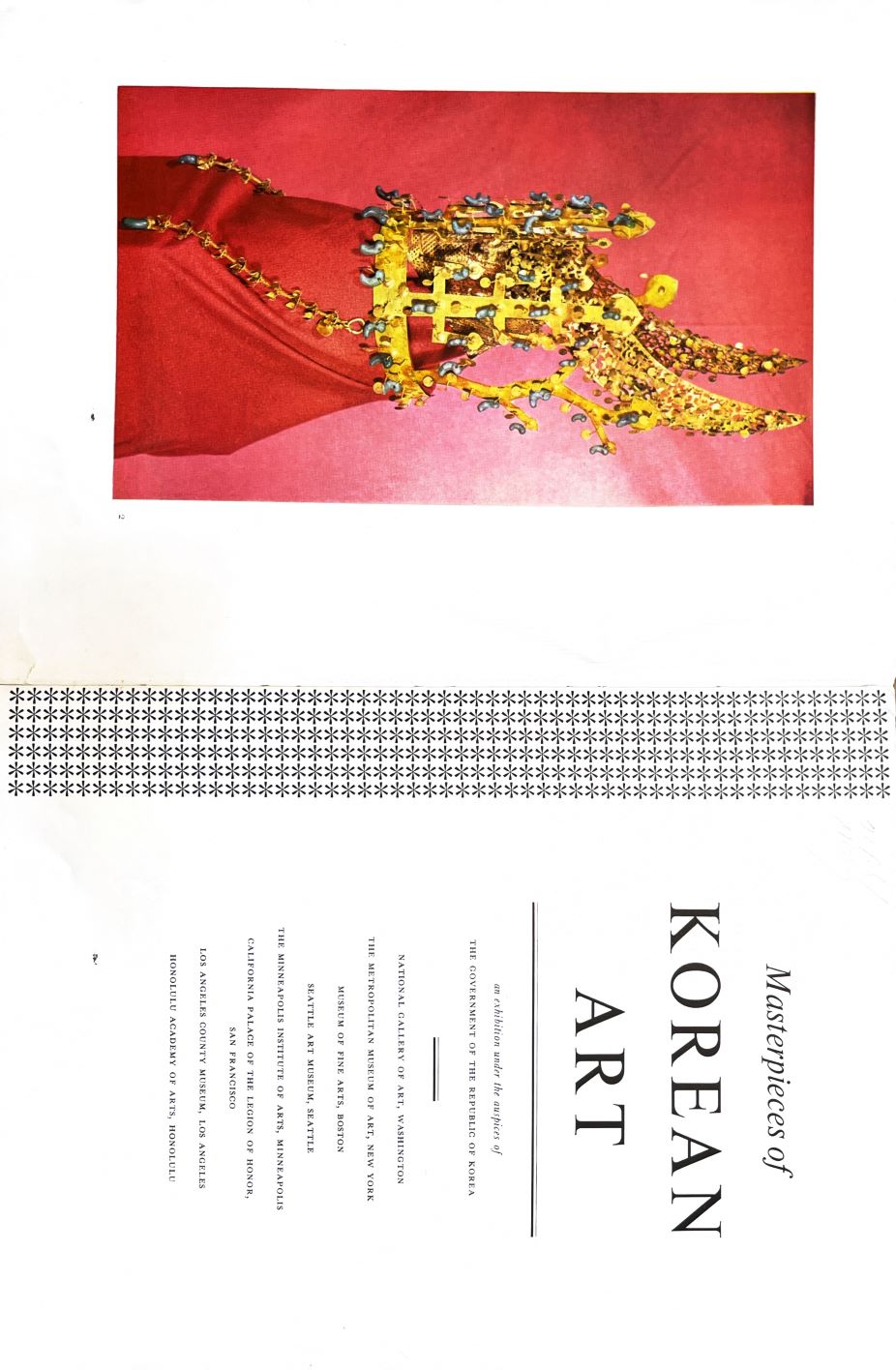
Masterpieces of Korean Art
Masterpieces of Korean Art was the first overseas exhibition of Korean art organized by the National Museum in eight U.S. cities from December 15, 1957 through June 7, 1959 in an effort to rebuild the reputation of the country ruined after the Korean War and promote its cultural heritage abroad. Curated by Kim Chaewon, then director of the National Museum of Korea, preparations for the exhibition began to be made in 1956. The large-scale exhibition traveled to Washington, D.C., New York, Boston, Seattle, Minneapolis, San Francisco, Los Angeles, and Honolulu. For the exhibition, Alan Priest, the head of the East Asian Department of The Metropolitan Museum of Art, and Robert Paine, the curator of the Museum of Fine Arts, Boston, visited South Korea. On the Korean side, Ko Huidong, Bae Ryeom, Son Jaehyeong, Lee Byeongdo, Jeon Hyeongpil, Choi Sunu, Hong Jongin, and others were commissioned to select items to be displayed. However, it was regrettable that the opinions of Priest and Paine were unilaterally carried out in the process. Some 198 items, including sculptures, paintings, ceramics, and metalwork objects were selected at this first large-scale overseas exhibition of national cultural treasures. The exhibition was held in consecutive order through 1959 at the National Gallery of Art in Washington, D.C., The Metropolitan Museum of Art in New York, Museum of Fine Arts, Boston, Seattle Art Museum, Minneapolis Institute of Art, California Palace of the Legion of Honor in San Francisco, Los Angeles County Museum of Art, and Honolulu Museum of Art. Pertinent exhibition catalogues were published as well. Masterpieces of Korean Art sparked great interest in another overseas exhibition The National Art Treasure of Korea held in March 1961 at the Victoria and Albert Museum in London, England. It traveled across European countries, including the Hague in Netherlands, France, Germany, and Austria until the end of June 1962.
-
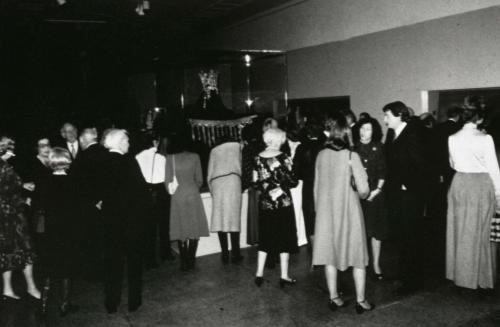
5000 Years of Korean Art
5000 Years of Korean Art was an overseas exhibition organized by the National Museum of Korea to introduce Korean cultural heritage to Japan, marking the beginning of cultural exchanges between Korea and Japan. It was held from February 24 through July 25, 1976 at the Kyoto National Museum, Fukuoka Prefectural Cultural Center, and Tokyo National Museum. It was a monumental exhibition that attracted 600,000 visitors for 120 days in Japan. This exhibition allowed Japanese people, who had become aware of Korea’s influence upon Japanese culture after the discovery of Takamatsuzuka Tumulus in 1972, to reconsider Korean culture. After the exhibition 5000 Years of Korean Art terminated in Japan, the National Museum of Korea presented a return exhibition at home with 348 objects selected from among the works displayed at the Japan exhibition. The oversea exhibition of Korean cultural heritage began with Masterpieces of Korean Art held in 1957 in the U.S. It was followed by The National Art Treasure of Korea presented at the Victoria and Albert Museum in London, England from March 21 through May 7, 1961. The National Art Treasure of Korea traveled to the Hague in the Netherlands, France, and Germany. This traveling exhibition, held until the end of June 1962 in Europe, aroused great interest. After the 1976 Japanese exhibition of 5000 Years of Korean Art, an exhibition under the same title was held from May 1, 1979 through September 30, 1981 at museums in seven U.S. cities. They were the Asian Art Museum in San Francisco, Seattle Art Museum, The Art Institute of Chicago, the Cleveland Museum of Art, Museum of Fine Arts Boston, The Metropolitan Museum of Art in New York, and The Nelson-Atkins Museum of Art in Kansas City. The exhibition featured 354 national treasure-class cultural heritage items. It contributed to the rediscovery of Korea as a country with an outstanding culture full of unique beauty, humor, and liveliness rather than a tragic country of war and division. From February 16, 1984 through January 13, 1985, the National Museum of Korea held a large-scale overseas exhibition at the British Museum as well as at the Museum für Kunst und Gewerbe (The Museum of Arts and Crafts) in Hamburg, and the Museum für Ostasiatische Kunst (Museum of East Asian Art) in Cologne in Germany.






